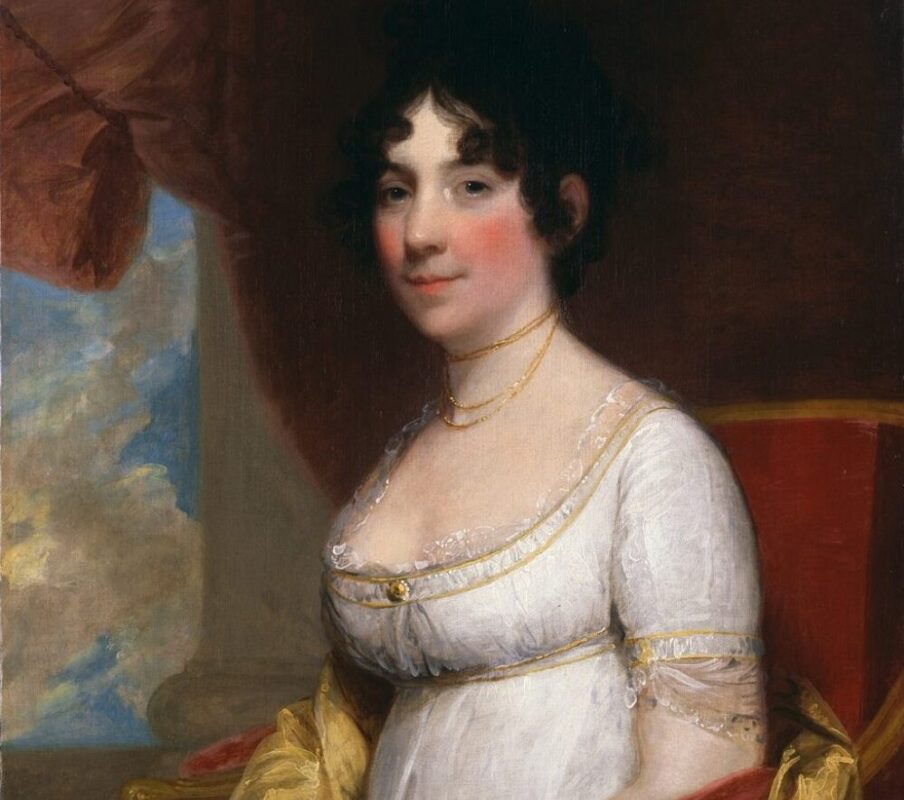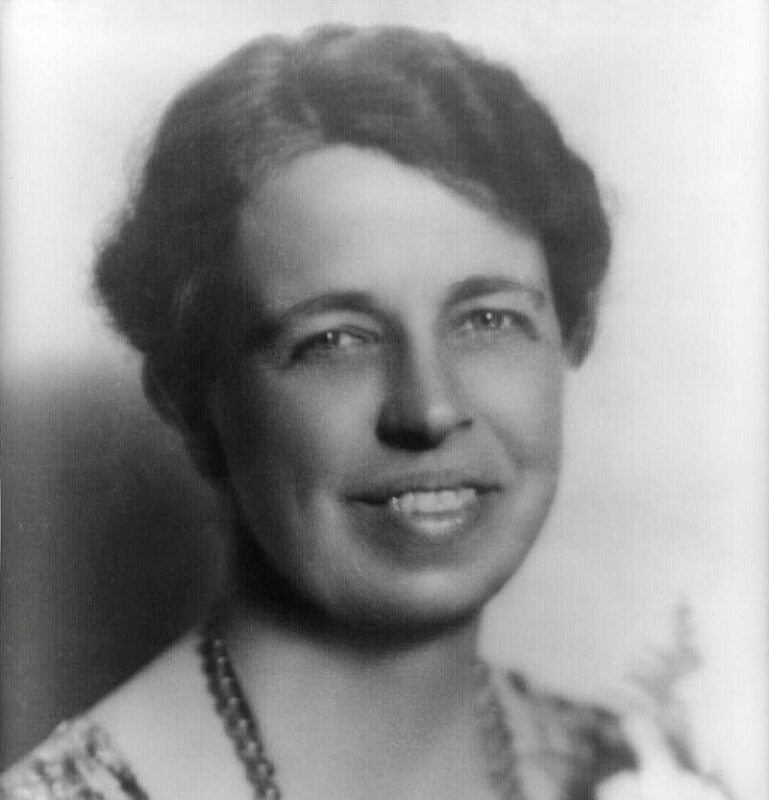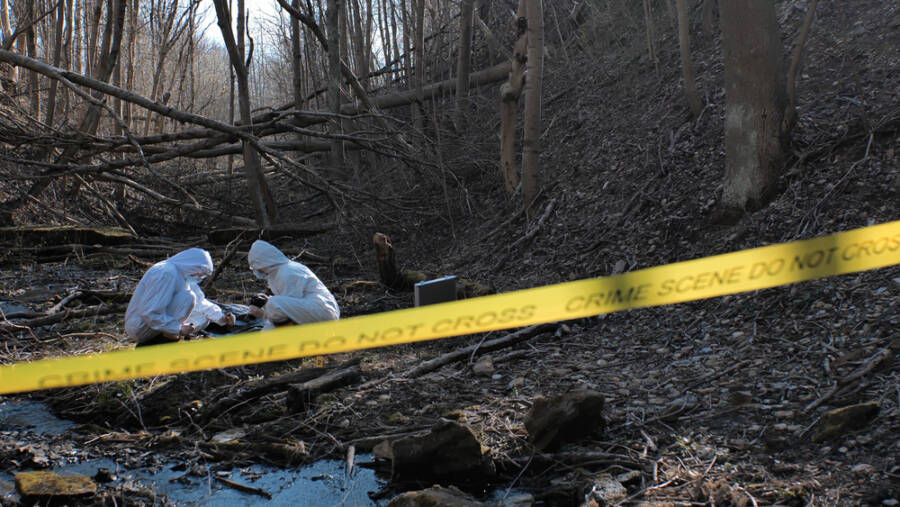How much do you know about our country’s first ladies?
Though she is often considered the hostess of the White House, America’s first lady holds no official political title. Generally, the “job” responsibilities are determined by the woman occupying the position. Since the 1790s, when Martha Washington took this role for the first time in history, there have been quite a lot of American first ladies, 54 more to be precise.
As a result, this role has changed considerably since then. But first, there are some things worth mentioning. One would be that the first lady hasn’t always been married to the President; James Buchanan was known to be a lifelong bachelor, so his niece Harriet Lane filled the role.
Speaking of which, there have been 11 first ladies who weren’t the President’s wife; the majority of whom were close relatives of widowed presidents.
While in the White House, many first ladies have tackled some of the biggest social issues, such as drug abuse, women’s rights, physical fitness, and literacy. Several have represented our country abroad and served as their husband’s presidential spokeswomen.
We’ve rounded up some little-known facts about America’s first ladies, so take a glimpse and get ready to be surprised!

1. Dolley Madison Was Given an Honorary Seat in Congress
Some first ladies really left a mark on history and Dolley Madison was one of them. She helped represent what a first lady would be, addressing social problems and hosting guests.
She famously saved the iconic portrait of George Washington when the British burned the White House in 1812; campaigned for her husband; raised funds; co-hosted events with widower President Thomas Jefferson and so much more.
She was even the first citizen to transmit a message via telegraph. But the most surprising fact about Dolley Madison is that she had the privilege of owning an honorary Congressional seat. The former first lady enjoyed attending the Congress sessions and listening to the members of congress debate each other.
Today only the President and Vice President, the elected officials, and their staff former members are allowed on the House floor.
2. Lou Hoover Worked Guard Duty During the Boxer Rebellion
Lou Hoover was a roller-skating, horse-riding, nature, and architecture buff fluent in five languages. She was also one of the first ladies that had a life full of humanitarianism and outdoorsmanship. In 1899, she married her geology classmate and future president Herbert Hoover and the two of them took off for China.
She quickly learned Chinese and it seems that the couple was using this language when they wanted to communicate confidentially in front of their guests at the White House. In 1900, the Boxer Rebellion broke out, so the couple was caught in the middle of it.
Chinese people violently attacked foreigners, which led to many wounded and dead. Mrs. Hoover built barricades, treated gunshot wounds, and even patrolled along with Western troops riding her bicycle with a pistol.
She also voluntarily helped out when Germany occupied Belgium in 1914, helped with the funding of the Girl Scouts, and made regular radio broadcasts to the American people during the Great Depression.

3. Mary Todd Lincoln Conducted Seances In The White House
Following the Civil War, in which 750,000 Americans died, there were a lot of families desperately seeking to connect with the Great Beyond. The phenomenon was basically a boom of “spiritualism” and people — especially upper-class folks — believed they can communicate with the dead.
Several first ladies suffered the loss of a child, but just a few of them had to go through this more than once. Mary Todd Lincoln had lost three of her children, her mother, and her husband (who had been killed in front of her).
But the loss of her son Willie in 1862 seemed to have the greatest impact on her. In an effort to reconnect with him, Mrs. Lincoln started visiting a group of spiritualists called the Lauries.
She even hosted seances in the White House, with President Lincoln attending some of them. Here’s what Mrs. Lincolm wrote to a relative of hers: “Willie lives. He comes to me every night […] You cannot imagine the comfort this gives me”.
4. Lucretia Garfield Nursed Her Husband After an Assassination Attempt
Several first ladies treated wounds, but just a few of them nursed their husbands. Lucretia Garfield was one of those first ladies that had to fight off death.
Lucretia and James Garfield’s love story is neither the smoothest nor the most romantic one in the history of US presidents and first ladies. She was profoundly upset with his adultery. He wrote in his diary that she bored him. So it’s safe to say that the two of them weren’t extremely close. However, hardships would bring them closer.
In 1881, while Mrs. Garfield was struggling to recover from severe malaria, President Garfield got shot by Charles Guiteau. In spite of not being completely healed, the former first lady has been nursing her husband for two months, but her efforts were in vain. The whole country took great comfort in the calm bravery she showed when the President did pass away in September.
Keep reading to discover more surprising facts about America’s first ladies!
5. Florence Harding Was Accused of Murdering Her Husband
In 1923, President Warren Harding died unexpectedly and suddenly so the news came as a shock to everyone. He was only 58 years old, seemingly healthy and strong, as well as a popular president.
His wife Florence was among the first ladies that kept a low political profile so she had always been a behind-the-scenes spouse. However, she had always supported his career. She even once claimed, “I have only one real hobby — my husband”.
While on a speaking tour across the country, President Harding became extremely confused and tired. He even passed out multiple times. Three days later, he died in his hotel room in San Francisco while Mrs. Harding was reading to him.
According to historians, the former first lady started to act suspiciously: she refused an autopsy, decided to embalm him immediately and destroyed several of his papers. There is a book written by retired FBI agent Gaston Means and published after Mrs. Harding’s death in which he accused the former first lady of murdering her husband to protect his good name from scandals of bribery and affairs.
Later it was discovered that the book was mostly fabricated. It is now thought that President Harding died of a heart attack.

6. Eleanor Roosevelt Pushed Newspapers To Hire Women Reporters (and May Have Had an Affair With One)
Eleanor Roosevelt is one of the US’s most famous first ladies and has long been considered a women’s rights icon. She is also among the first ladies that left a mark on history. One little-known fact about her is that she demanded having only female reporters attend her press conferences.
She hosted 348 conferences during her husband’s term, first debating household issues, and then later on dealing with deeper political issues. Some of her special guests were female members of the President’s administration and several foreign female dignitaries.
One of the women journalists, Lorena Hickok, may have been more than just a colleague to Mrs. Roosevelt. In 1932, she was assigned to cover the former first lady, but she eventually gave up her role to move into the White House.
The two exchanged over 3,000 letters, with one quote from Mrs. Roosevelt “I ache to hold you close. Your ring is a source of great comfort.” The women shared a deep friendship their entire lives.
7. Mary Arthur McElroy was an Anti-Suffragette
As we already mentioned, some of the country’s first ladies weren’t married to the President. Mary Arthur McElroy was one of them, as she was President Garfield’s younger sister.
His wife had died of pneumonia in 1880, so Mrs. McElroy ended up coming to Washington to serve as the official hostess. Although she was never accorded any official title, she was quite popular. But a little-known fact is that she was a member of the Albany Association Opposed to Women’s Suffrage. In other words, the former first lady was against the suffrage movement of those times.
The group members first met in 1894, and they had two more meetings, in 1915 and 1917. Here’s a quote from one of their pamphlets: “There are still many women outside of the group of female agitators who believe that a woman can always do her best at home”.
The anti-suffrage movement came to an end in 1920 when American women got the right to vote.
You may also be interested in 6 Female Mafia Heads You Should Know About!





